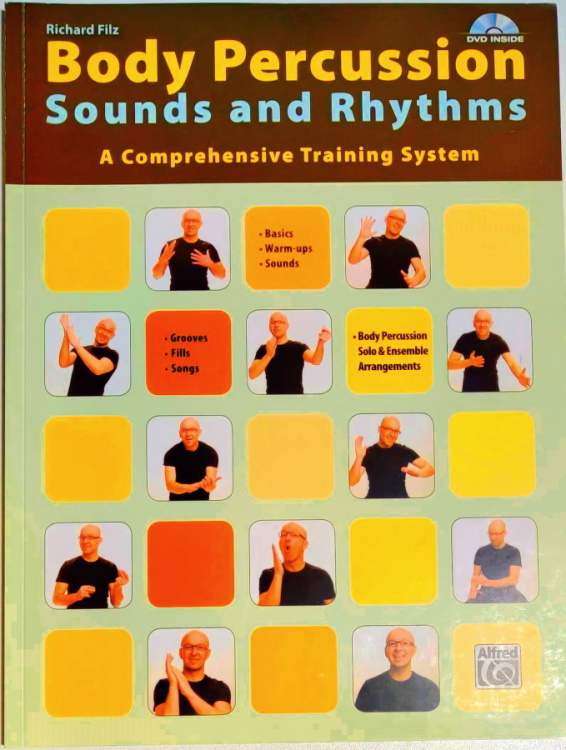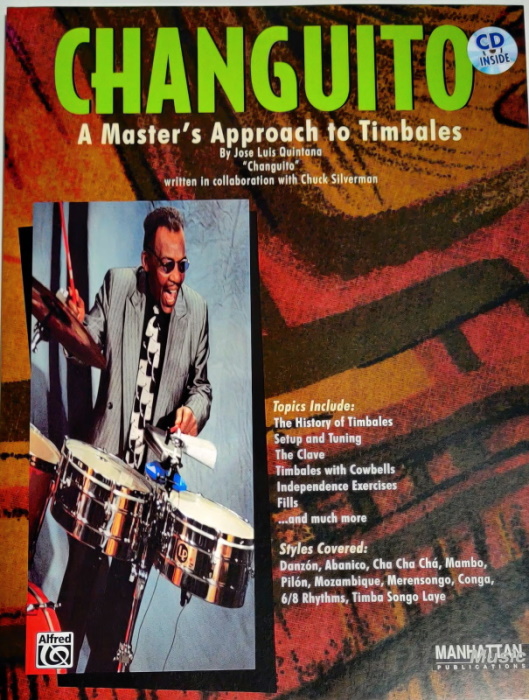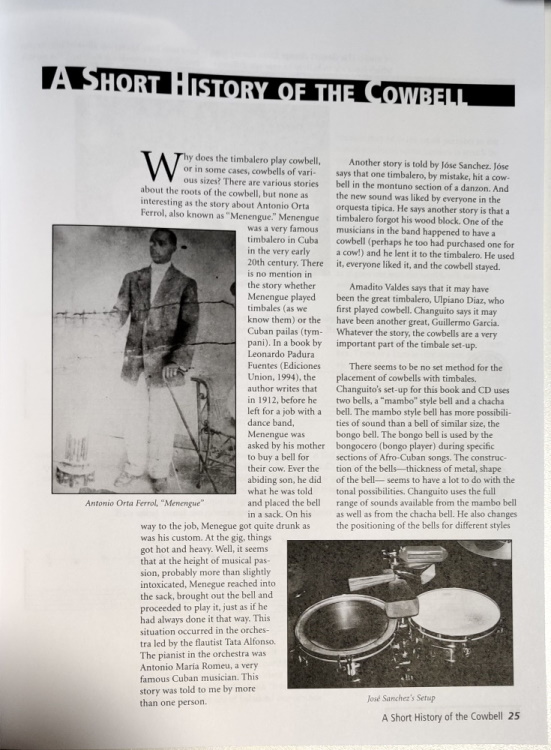January is the classic time for change. Time to experiment and stretch the new you. Maybe though, we’ve had enough change over the last twelve months to last several decades.
Whichever camp you fall into, spare a few minutes to explore with us some of the more unusual tuition books we stock. Online lessons are useful but if you’re trying to access them via a phone, you may find extra help from books welcome. Maybe you’ve tried the guitar or piano before. How about these instead?
Body percussion

Our first book needs nothing but yourself (add in the rest of your household if you’re feeling bold). You may also need tolerant neighbours. As the title suggests, this is music which can be generated by slaps, handclaps, and stamping your feet.
A page demonstrating the variety of handclaps available is what you might expect. Another page suggesting you can mimic a drum set using only yourself is rather more startling. I’m interested the author ignores all the cymbals excluding the hi-hat and concentrates on the drums. Of course, it makes sense. That distinctive metallic ‘sizzle’ from a free-hanging cymbal would seem impossible to replicate. As for the hi-hat – using your thigh or hip as a substitute causes me to raise a quizzical eyebrow.
That you can produce a wide range of sounds is obvious from this video. What was that comment I made earlier about needing sympathetic neighbours? I also love the commitment and joy their music-making brings.
This second video is one of a series of body percussion warm-ups. Definitely something you can try at home. It doubles as an insight into how larger routines are put together.
Timbales

We continue with the percussion theme but this time, you’ll need actual instruments. The requirement for tolerant neighbours remains. Timbales are high-pitched drums used in Latin American dance music. The basic set-up involves two. This can be expanded to include more drums and one or more cowbells. You can tell the latter is an important part of mix from this page in the tutor. The photo right at the bottom shows three cowbells and a woodblock or two.

In the 1970s, Jose Luis Quintana ‘Changuito’ took this basic set-up and made it more virtuosic, something deserving of its own spot in a piece. Others followed along behind, adding their own interpretation of what playing the timbales entailed.
Here’s a very short but pretty stunning demonstration of Changuito’s skill with timbales in advancing years.
Take a listen to a more recent line-up of Los Van Van, the band Changuito used to play for. The timbales player uses a set-up more like a drum kit, including cymbals.
Chinese pipa

You’re not likely to have a pipa hanging around unused. If learning the guitar doesn’t appeal, then maybe seeing and hearing this instrument in action might give you ideas for the future. The pipa is an ancient Chinese instrument rather like the Western lute. Ancient, but still a popular choice today apparently.
Unlike the guitar, the pipa is held upright. You’ll see this clearly in the videos.
The diagram doesn’t do the frets justice. I’m fascinated by how three-dimensional they are. On a guitar, frets are barely noticeable. You certainly wouldn’t be able to say that about these. They look like a stylised range of mountains. I haven’t found any explanation as to why they’re like that.
Traditionally, pipa music divides into two sorts:
The pipa pieces in the common repertoire can be categorized as wen (文, civil) or wu (武, martial). The ‘wen’ style is more lyrical and slower in tempo, with softer dynamic and subtler colour, and such pieces typically describe love, sorrow, and scenes of nature. Pieces in the ‘wu’ style are generally more rhythmic and faster, and often depict scenes of battles and are played in a vigorous fashion employing a variety of techniques and sound effects.
White snow in Spring (‘wen’ style)
General Xiang ambushed from ten sides (‘wu’ style)
This isn’t a musical instrument frozen in time. Alongside the classics, modern music also takes its place. Here’s a video from the master, Lin Shicheng, playing with astonishing virtuosity.
If any of this has whetted your enthusiasm, keep an eye on the library catalogue page for when changes to our offer are made. Hopefully, with the vaccine rollout, this won’t be too long in coming.










Love that body percussion video!
LikeLiked by 1 person
It is great, isn’t it. Hopefully, it might inspire someone. Thanks for your comment. 🙂
LikeLike
The pipa is a beautiful instrument. Not sure if I was aware of it.
LikeLiked by 1 person
It’s fascinating to discover something new that grabs you. The pipa deserves to be better known.
LikeLiked by 1 person
0 Pingbacks